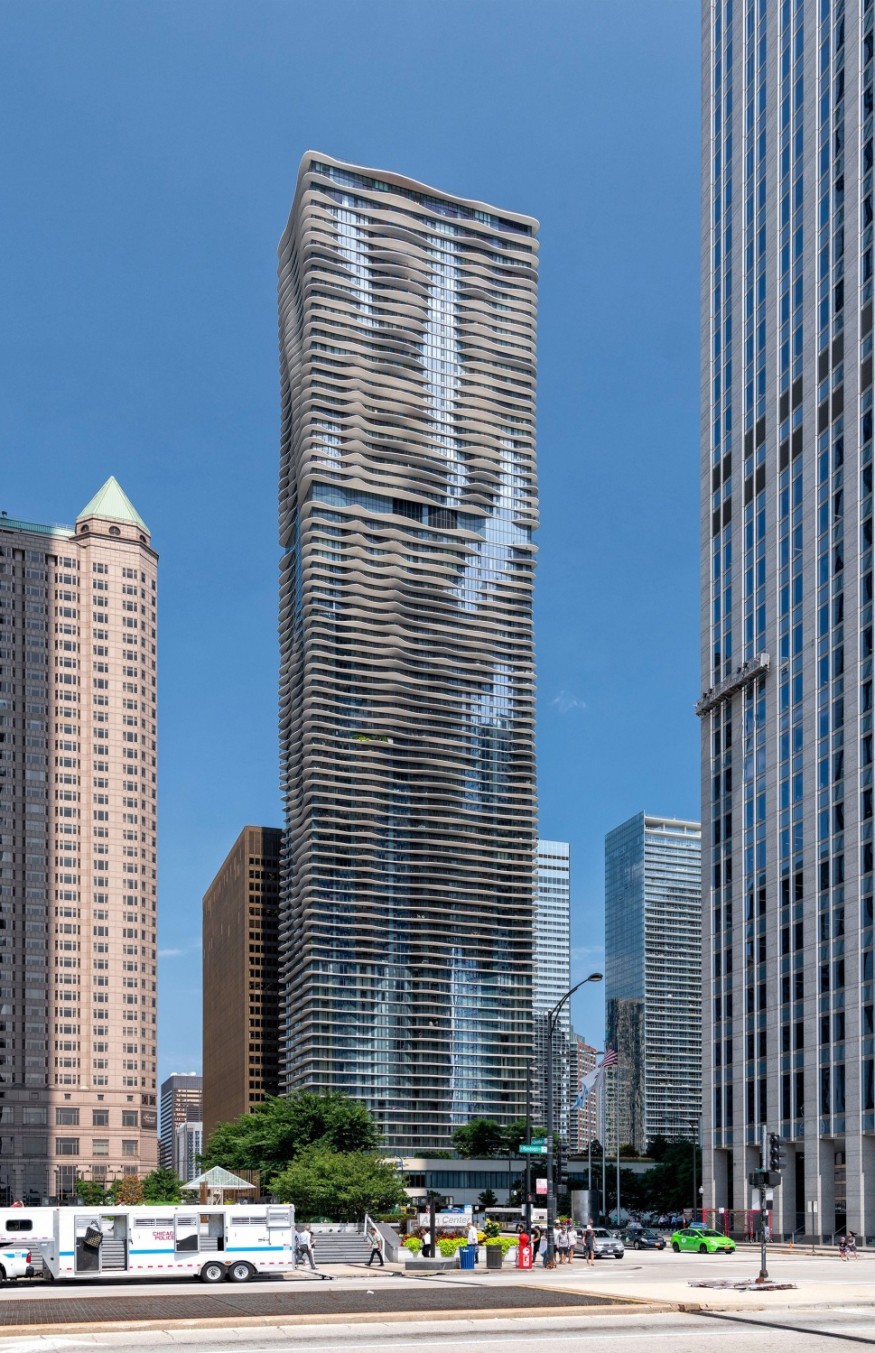Architectural Solutions to Save Birds From Glass Collisions and Light Pollution

A Grim Day for Birds at McCormick Place Lakeside Center
In a grim incident in early October, over 1,000 birds met their demise in a single day after colliding with the McCormick Place Lakeside Center, the largest convention center in North America in Chicago. This tragic event highlights a pervasive issue: bird collisions with glass buildings. While such incidents claim the lives of up to a billion birds annually, recent developments in architectural design offer hope and solutions to prevent these collisions and safeguard our avian friends.
The McCormick Place Lakeside Center, a symbol of architectural modernism, posed a significant threat to birds due to its extensive glass facade. The illuminated interiors confused migratory birds in transit, particularly at night, leading to fatal collisions. This alarming event, documented by the Chicago Bird Collision Monitors, emphasizes the urgent need for architectural interventions to address this recurring problem.

One pioneering example of bird-friendly architecture is the Aqua Tower in Chicago, completed in 2009. Architect Jeanne Gang designed the tower's wave-like facade and fritted glass to prevent bird collisions. Fritted glass, adorned with ultra-small particles of ground-up glass, offers a slightly opaque appearance, reducing the risk of confusion for birds. Gang's approach of "naturalizing" skyscrapers challenges the conventional straight lines and sharp corners of traditional designs, showcasing how architectural features can benefit humans and the broader ecosystem.
Architect Joyce Hwang, based in Buffalo, took a creative approach with her "No Crash Zone" project in 2015. Applying patterns to the windows of the Sullivan Center in Chicago served a dual purpose: deterring bird collisions and adding aesthetic interest to the building. Hwang's work underscores the idea that architects can use glass imaginatively, incorporating graphic ornamentation that is visually pleasing while also safeguarding birds.

Solutions for Bird Collisions and Light Pollution
Simple yet effective solutions like bird-friendly films have gained traction. This film, featuring a laminate of dots applied to glass surfaces, helps birds perceive windows as tangible objects rather than transparent barriers. Columbia University in New York and various buildings, including a hotel, cemetery, mail facility, and ferry terminal, have adopted this measure to reduce bird collisions.
Artificial lighting presents another challenge for bird conservation. The Tribute in Light installation in New York City, an annual event marking the 9/11 attacks, was found to disorient migratory birds in 2019. The solution involved periodically turning off the lights to allow the birds to recover and continue their journey. A 2021 study in Chicago revealed that reducing nighttime illumination in larger buildings can significantly decrease bird collisions. Efforts to pass laws prohibiting nighttime illumination of unoccupied buildings are underway in cities like New York, and initiatives like dimming lights during bird migrations have been adopted in places like Philadelphia.
Despite these positive steps, the broader transformation of attitudes toward artificial light in cities remains uncertain—the 24/7 culture of urban life and dependence on constant illumination challenge the prospect of embracing darkness. However, the potential benefits of reducing artificial light usage extend beyond bird conservation. Embracing darkness allows for a reconnection with the natural cycles of light and dark, fostering a greater appreciation for the beauty of dark skies and the wonders they hold.
In conclusion, the alarming frequency of bird collisions with glass buildings demands urgent attention. Architects have a pivotal role in designing structures that prioritize human needs and environmental sustainability. By incorporating innovative solutions such as fritted glass, bird-friendly film, and thoughtful ornamentation, architects can contribute to the well-being of migratory birds and enhance the aesthetic appeal of urban landscapes. Simultaneously, addressing the impact of artificial lighting on bird migrations requires a collective effort to reshape urban lighting practices and foster a harmonious coexistence between city dwellers and the avian population. As we strive for sustainable and bird-friendly architecture, we protect our skies and enrich our urban environments with a newfound appreciation for the natural world.
Related Article : Navigating the Top 10 Architecture and Design Controversies of 2023
From Digital Models to 3D-Printed Homes: Jaspreet Kaur Lall Explains How the Innovation Changes the Construction Industry

Future Belongs to Green Construction: Sampath Kumar Paspunoori Explains One of the Key Trends in the Construction Industry

Kamala Harris' Campaign Ad Uses Iconic Visuals from Carrie Mae Weems to Connect with Voters

Historic Ancient Roman Ruins in Baalbek Remain Strong After Israeli Air Strikes; Locals Seek Cultural Protection

4 Ways to Honor Departed Loved Ones in Your Home Design














